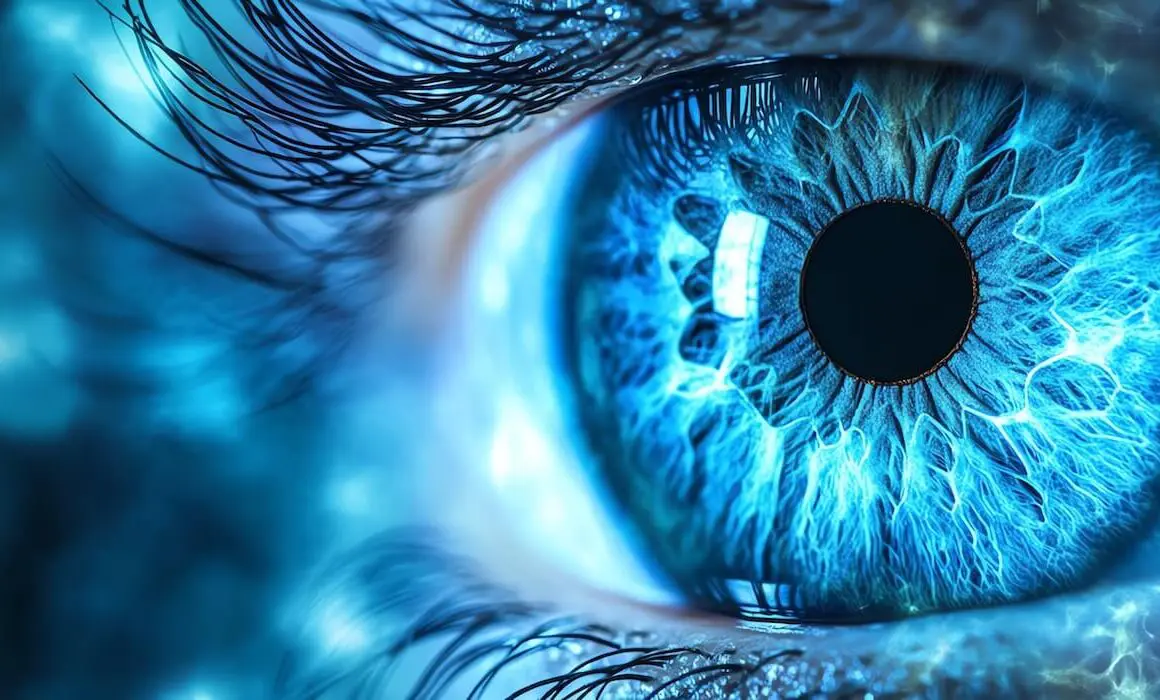
Smell is a primary human sense, key to our survival.
Like a super-sensitive human nose, an experimental technology can “smell” and identify the chemical composition of a person’s breath and then diagnose up to 17 potential diseases, according to the scientists who developed it.
These researchers, led by Hossam Haick of the Technion – Israel Institute of Technology, say their Na-Nose, which uses nanorays to analyze breath, can identify Parkinson’s disease, various cancers, kidney failure, multiple sclerosis and Crohn’s disease with 86% accuracy.
“I would say our technology in many cases (is) equivalent to the accuracy of the currently available invasive technology,” Haick said, adding that for some diseases, including gastric cancer, Na-Nose has a “much higher” accuracy rate than currently available technologies. And, unlike most screenings, including standard blood tests, breath analysis technology is noninvasive – a benefit most patients would appreciate.
The theory behind the technology is that each of us has a unique chemical “fingerprint.” Each disease also has a particular chemical signature, which can be detected on our breath. The Na-Nose technology, which consists of a sensor chamber with a breathing tube and software, is able to detect this precise chemistry of disease by interpreting the impact on our usual chemical fingerprint.
Seven companies have licensed the underlying research for the technology from Technion in hopes of creating a commercial product, Haick said. He hopes that the companies, each specializing in a different application, will translate the science and technology from the lab to mass production.
Keep reading at cnn.com.



